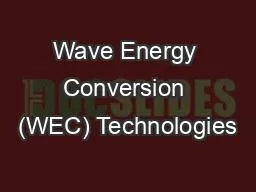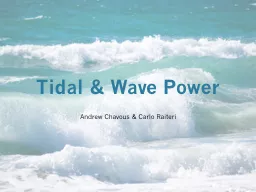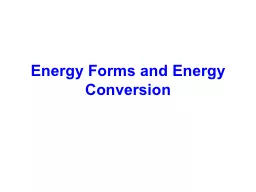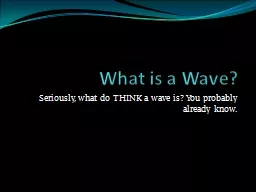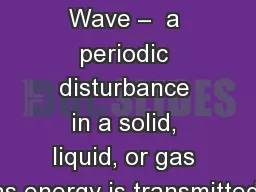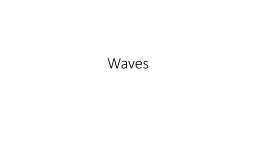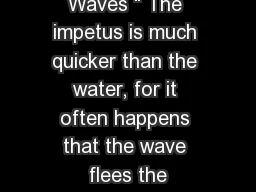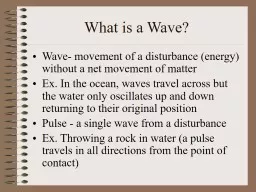PPT-Wave Energy Conversion (WEC) Technologies
Author : nullitiva | Published Date : 2020-11-06
Michael Raftery ME Martin amp Ottaway Inc Historic Inactive Projects Salter Edinburgh Duck 6MW httpssciencehowstuffworkscomenvironmentalgreensciencesaltersduck1htm
Presentation Embed Code
Download Presentation
Download Presentation The PPT/PDF document "Wave Energy Conversion (WEC) Technologie..." is the property of its rightful owner. Permission is granted to download and print the materials on this website for personal, non-commercial use only, and to display it on your personal computer provided you do not modify the materials and that you retain all copyright notices contained in the materials. By downloading content from our website, you accept the terms of this agreement.
Wave Energy Conversion (WEC) Technologies: Transcript
Download Rules Of Document
"Wave Energy Conversion (WEC) Technologies"The content belongs to its owner. You may download and print it for personal use, without modification, and keep all copyright notices. By downloading, you agree to these terms.
Related Documents

